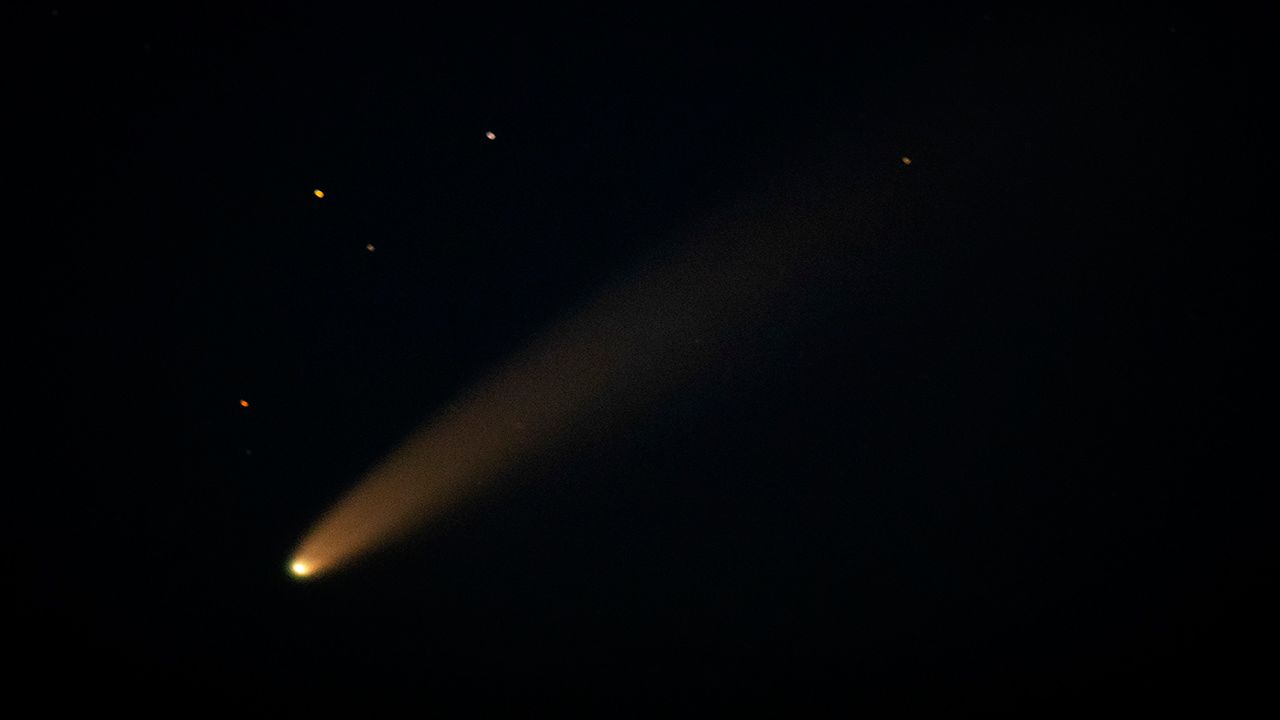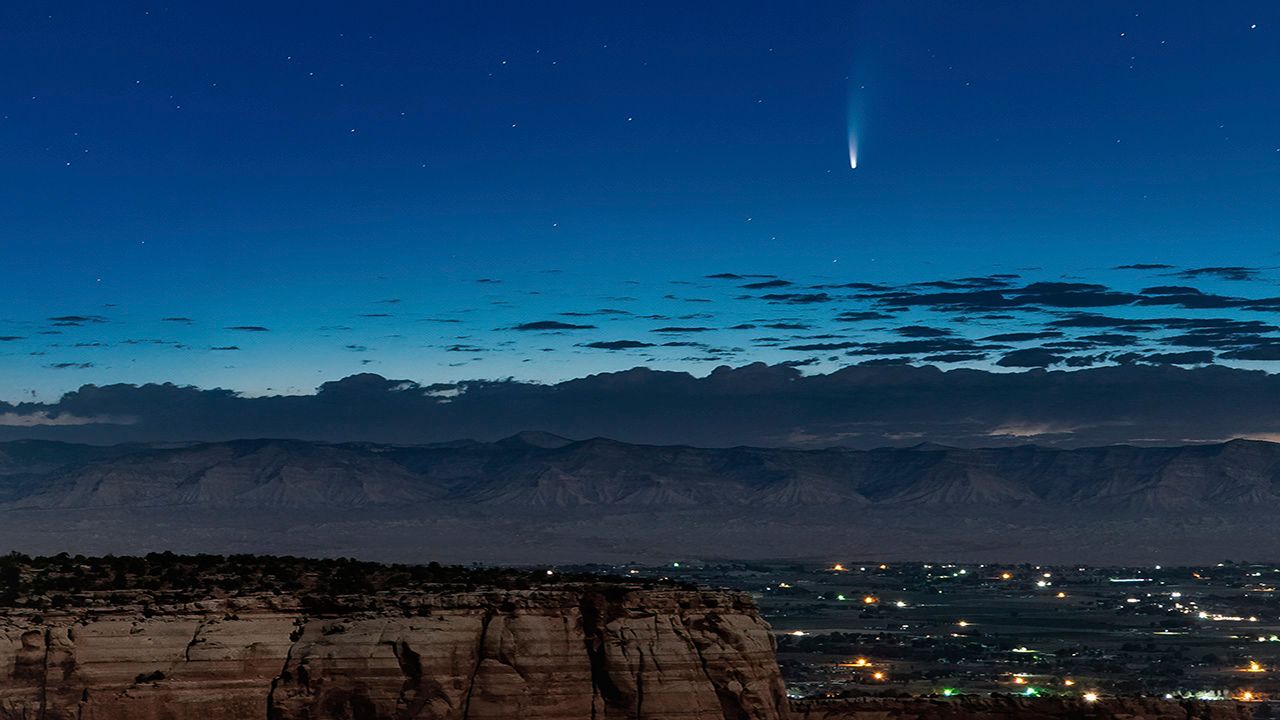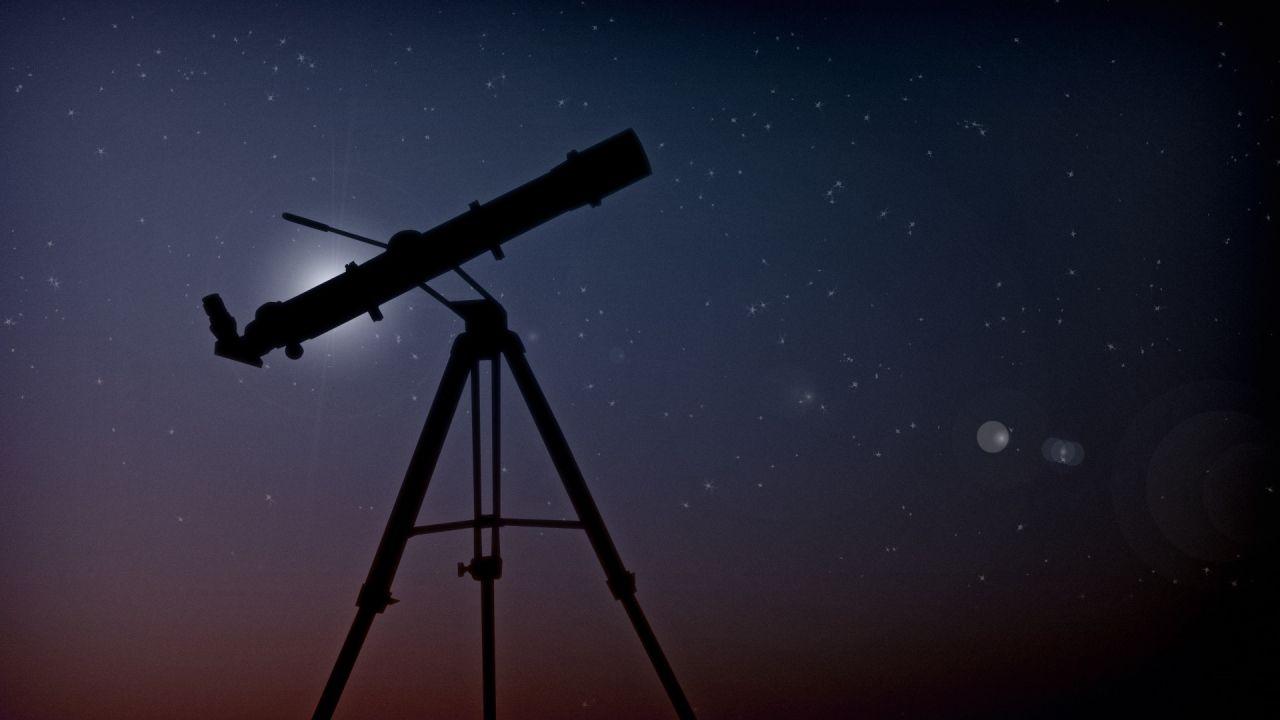On March 27, NASA's Near-Earth Object Wide-field Infrared Survey Explorer, that scans the skies for objects traveling into our solar system and near Earth, discovered a comet. The comet was given the name 'NEOWISE' which is an acronym for the device that discovered it.
Comets come from the far reaches of our solar system and are drawn closer by the gravitational pull of our sun. Comets may have a relatively small rocky core, but are mostly made up of ice and dust, possibly coated with organic material.
The ice is mainly composed of frozen water, but may also contain frozen ammonia, carbon dioxide, carbon monoxide, and methane. Some speculate that comets were the intital 'seeds of life' here on Earth billions of years ago as carbon is a key building block of life.

There is a wealth of pictures on the facebook page, Lake Ontario Effect of NEOWISE.
On July 3, NEOWISE made it's closest approach to the sun, about 27.7 million miles and is now heading back to the far reaches of our solar system.
Your best chance to see NEOWISE is after sunset in the northwest sky, depicted by the image below from Sky and Telescope. The closest pass to Earth will be July 22, just a mere 64 million miles from Earth, which is about 29 million miles closer than the sun.
As the comet moves farther away from the sun, its tail will grow dimmer, but as it approaches Earth, it will become more visible in a darker sky without moonlight.
Now through July 22 will be the best opportunity to see NEOWISE. To try and catch a glipse of the comet tonight, grab binoculars or a telescope.
Note where the sun goes below the horizon and look 15 to 20 degrees north of that. Roughly three or four widths of your fist held at arms length. Then look about ten degrees up or about two fists above the horizon.

By July 19, the comet will be twice has high above the horizon and in more of a west-northwest direction. The best time to try and catch a glipse is at the end of what is called Nautical Twilight around 10:00 p.m., away from light pollution.
Hopefully you can catch a glimpse of this alien visitor as it won't come around again for about another 6,800 years...



